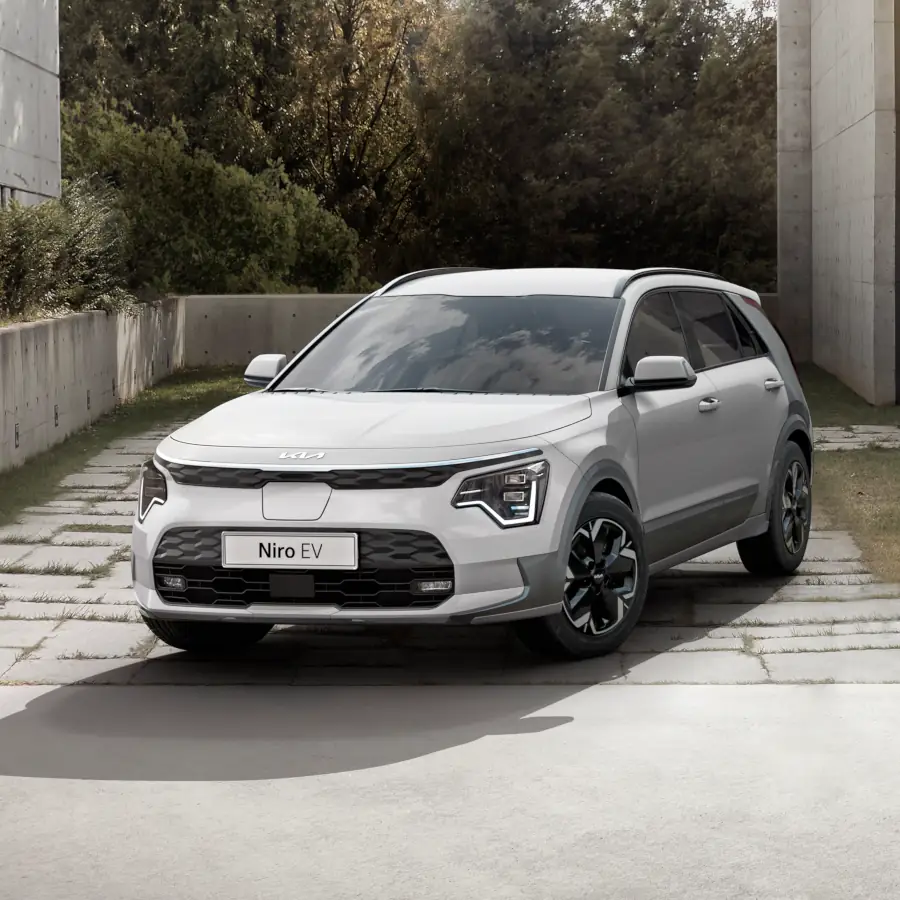In 2023, the automotive industry is witnessing a transformative shift with electric vehicles (EVs) gaining unprecedented popularity. According to Bloomberg Green, electric vehicle sales surged by 40% in the first half of the year, highlighting a significant pivot towards sustainable transportation. This article delves into the crucial differences between EVs, hybrids, and traditional gas cars, focusing on cost, range, and sustainability—key factors influencing consumer decisions today.
Understanding the Cost Dynamics
The Cost of Ownership: EVs Lead the Charge
When considering the cost of ownership, EVs are increasingly attractive. A report from InsideEVs reveals that the total cost of ownership for electric cars, such as the Tesla Model 3 or Hyundai Ioniq 5, is lower than for hybrids or gas cars over five years.
- Purchase Price: While the initial purchase price of EVs can be higher, government incentives and tax credits often offset this. For instance, the U.S. federal tax credit of up to $7,500 significantly reduces the cost of cars like the Ford Mustang Mach-E.
- Maintenance: EVs have fewer moving parts, reducing maintenance costs. No oil changes or transmission repairs mean savings over time.
- Fuel Costs: Charging an EV is cheaper than refueling a gas car. According to the IEA, the average cost per mile for EVs is about half of that for gasoline vehicles.
Hybrids: The Middle Ground
Hybrids, like the Toyota Prius or Hyundai Sonata Hybrid, present a balanced option. They combine a gasoline engine with an electric motor, offering improved fuel efficiency without the range anxiety associated with EVs.
- Fuel Efficiency: Hybrids excel in urban environments, where regenerative braking and slower speeds maximize their efficiency.
- Cost: Hybrids are generally more affordable than fully electric vehicles, both in terms of upfront cost and insurance premiums.
Gas Cars: The Traditional Choice
Gas cars, while declining in popularity, still dominate the market. However, fluctuating fuel prices and increasing environmental concerns make them less appealing.
- Initial Cost: Gas cars are often cheaper to buy initially compared to EVs and hybrids.
- Fuel and Maintenance: Rising fuel prices and higher maintenance costs can erode the initial savings over time.
Range and Convenience: How Far Can You Go?
Electric Vehicles: Expanding Horizons
One of the most significant advancements in EVs is the improvement in range. Modern EVs like the Lucid Air and Tesla Model S boast ranges exceeding 400 miles on a single charge.
- Charging Infrastructure: The expansion of charging networks, such as Electrify America and Tesla’s Supercharger network, has alleviated range anxiety. Charging an EV is becoming faster, with some models gaining up to 200 miles of range in just 15 minutes.
- Batteries: Advances in battery technology, reported by Battery University, are increasing energy density and reducing charging times.
Hybrids: The Best of Both Worlds
Hybrids offer the flexibility of using both fuel and electric power, making them ideal for those who frequently travel long distances.
- No Range Anxiety: Hybrids can switch to gasoline when the battery depletes, providing the best of both worlds.
- Urban Advantage: In stop-and-go traffic, hybrids often operate in electric mode, significantly reducing fuel consumption.
Gas Cars: Proven but Limited
Gas vehicles provide consistent performance and easy refueling but are limited by their reliance on fossil fuels.
- Range: Gas cars generally offer a longer range than hybrids but are outpaced by the latest EVs.
- Refueling: While refueling is quick and widespread, it’s becoming more expensive and less environmentally friendly.
Sustainability: Driving Towards a Greener Future
Electric Vehicles: Leading the Sustainability Race
EVs are at the forefront of sustainable transportation. With zero tailpipe emissions, they play a crucial role in reducing urban air pollution.
- Environmental Impact: A study from Reuters Mobility found that EVs have a significantly lower carbon footprint over their lifetime compared to gas vehicles.
- Renewable Integration: Charging EVs with renewable energy sources enhances their sustainability credentials.
Hybrids: A Step in the Right Direction
Hybrids offer reduced emissions compared to traditional cars, serving as a transitional technology towards full electrification.
- Lower Emissions: Hybrids emit fewer pollutants, particularly in urban settings.
- Efficiency Gains: They bridge the gap for consumers not ready to commit to full electric.
Gas Cars: Facing an Uncertain Future
Gas cars continue to emit greenhouse gases, contributing to climate change and air quality issues.
- Regulations: Increasingly stringent emissions regulations worldwide are pressuring manufacturers to innovate or phase out gas models.
- Consumer Shift: As awareness grows, consumers are shifting towards more sustainable options.
Practical Tips for Choosing Your Next Vehicle
- Assess Your Needs: Consider your daily commute, typical travel distances, and access to charging or refueling infrastructure.
- Calculate Total Cost: Evaluate the long-term costs, including potential savings on fuel and maintenance.
- Explore Incentives: Research available government incentives for purchasing EVs or hybrids.
- Test Drive: Experience the driving dynamics of EVs, hybrids, and gas cars to determine your preference.
Conclusion: The Road Ahead
In 2023, the choice between EVs, hybrids, and gas cars hinges on personal priorities around cost, range, and sustainability. EVs lead in sustainability and long-term cost savings, while hybrids offer a balanced approach, and gas cars remain for those prioritizing upfront affordability. As technology continues to evolve, the future seems increasingly electric. What are your thoughts on making the switch to an EV? Share your views in the comments below and stay tuned for more insights into the future of sustainable mobility.

